Abandoned Wiltshire: Farleigh Down Tunnel | Urbex
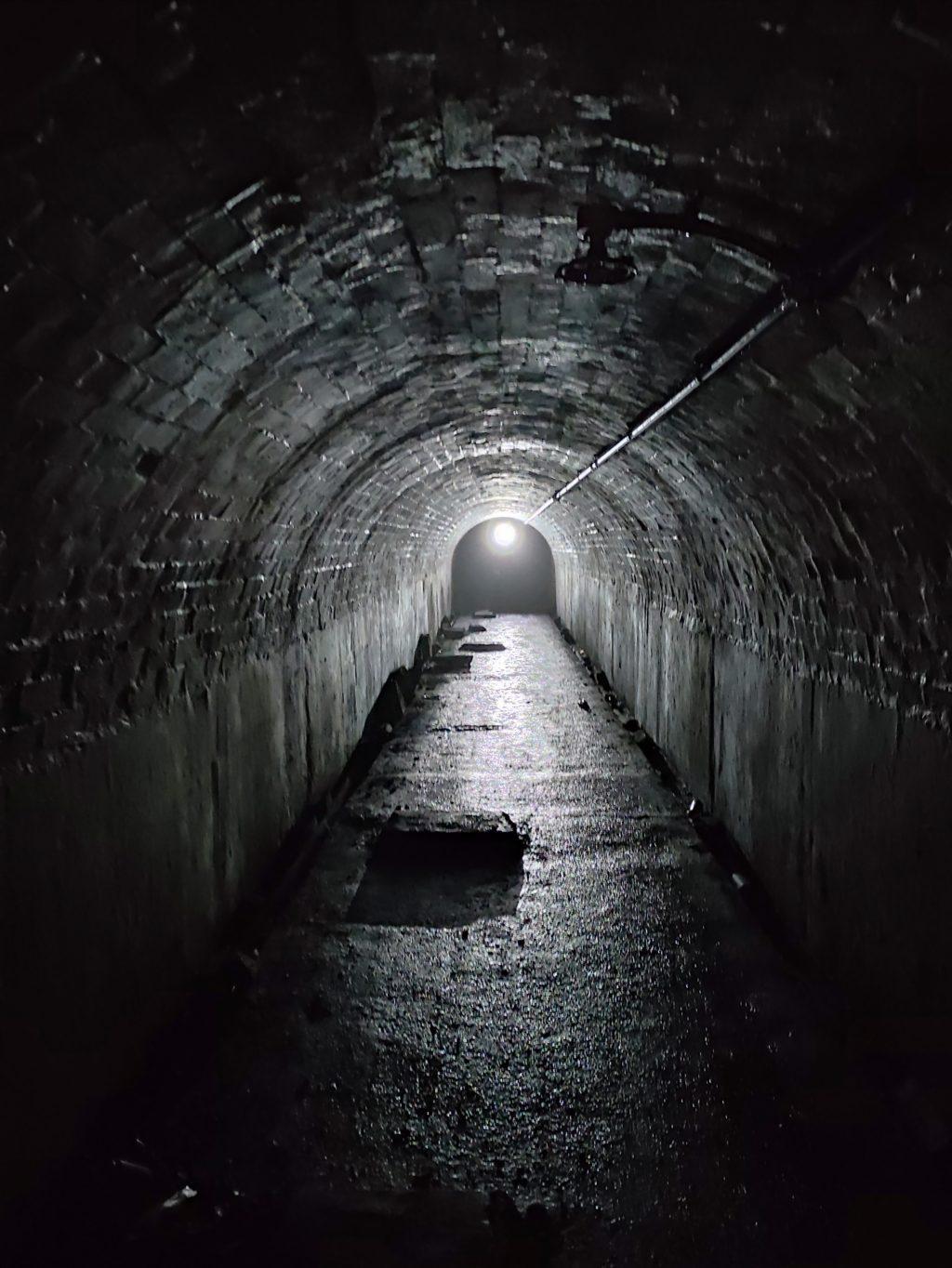
Farleigh Down Tunnel was one of three Ministry of Defence Central Ammunition Depots (CADs) used during WWII. These were located across the country. They were located in Cumbria, Shropshire and Wiltshire.
Farleigh Down Tunnel lies beneath 200 acres of Wiltshire countryside and housed over 350,000 tons of ammunition. These CADs were built in the run up to WWII as the need for secure storage for munitions increased in the UK.
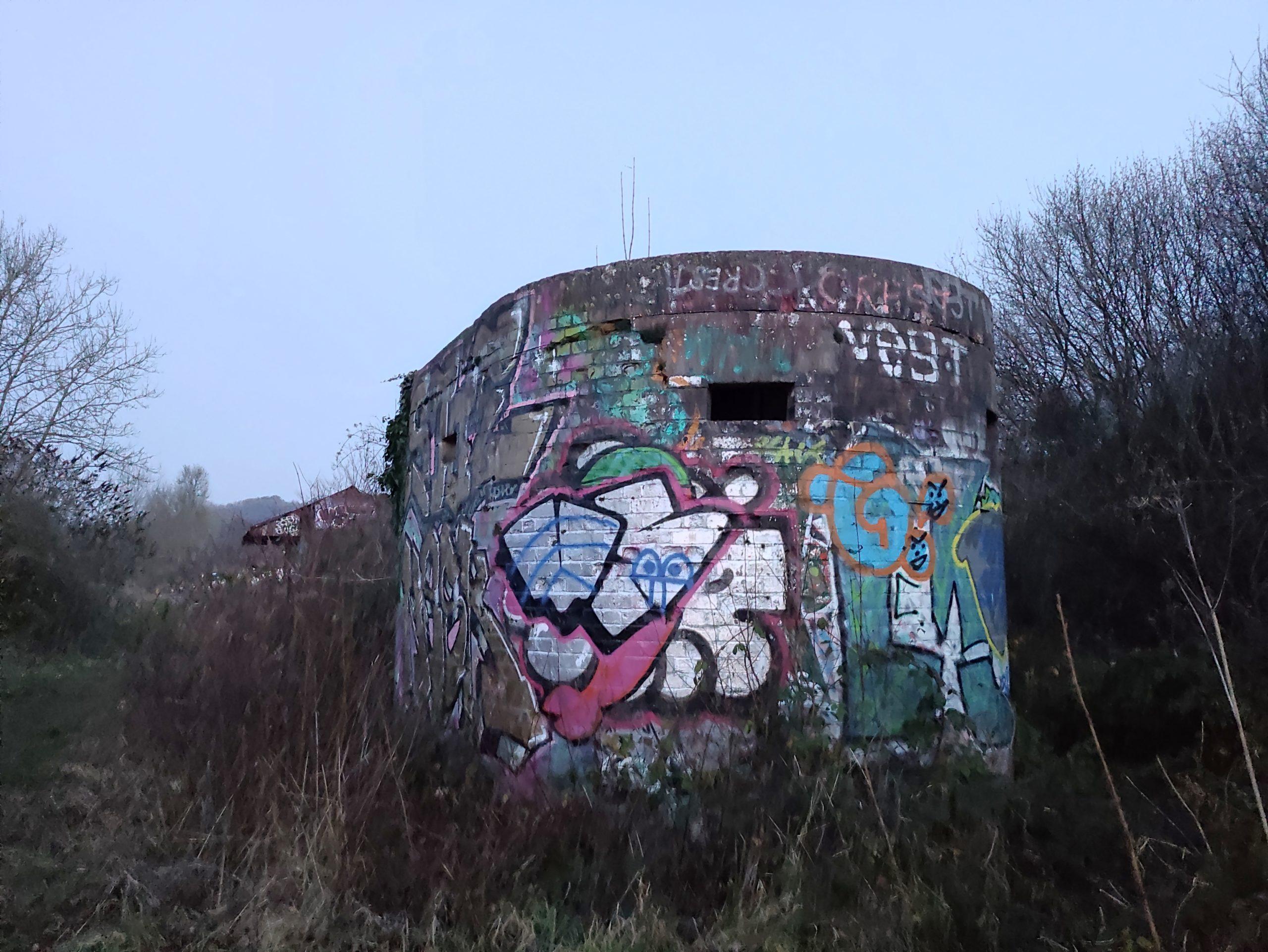

The Entrance
The opening to Farleigh Down Tunnel is located next to the railway line. Be careful and don’t be tempted to cross the tracks to explore. This track is the Bristol – London line and many trains travelled at high speeds along here whilst we were at the site. The proximity to the railway line is no coincidence. The War Office needed a way to transport the ammunition to the South West to be stored underground.
A concrete yard surrounds the entrance to the tunnel. Reportedly there used to be a number of caravans on the site but we only saw one when we visited. Other explorers have spoken to those living on the site and they are welcoming of visitors. Due to the time we arrived, we didn’t speak to anybody but there were a few amblers and dog walkers in the area. We did a loop of the area before heading down the heavily graffitied, steep steps.
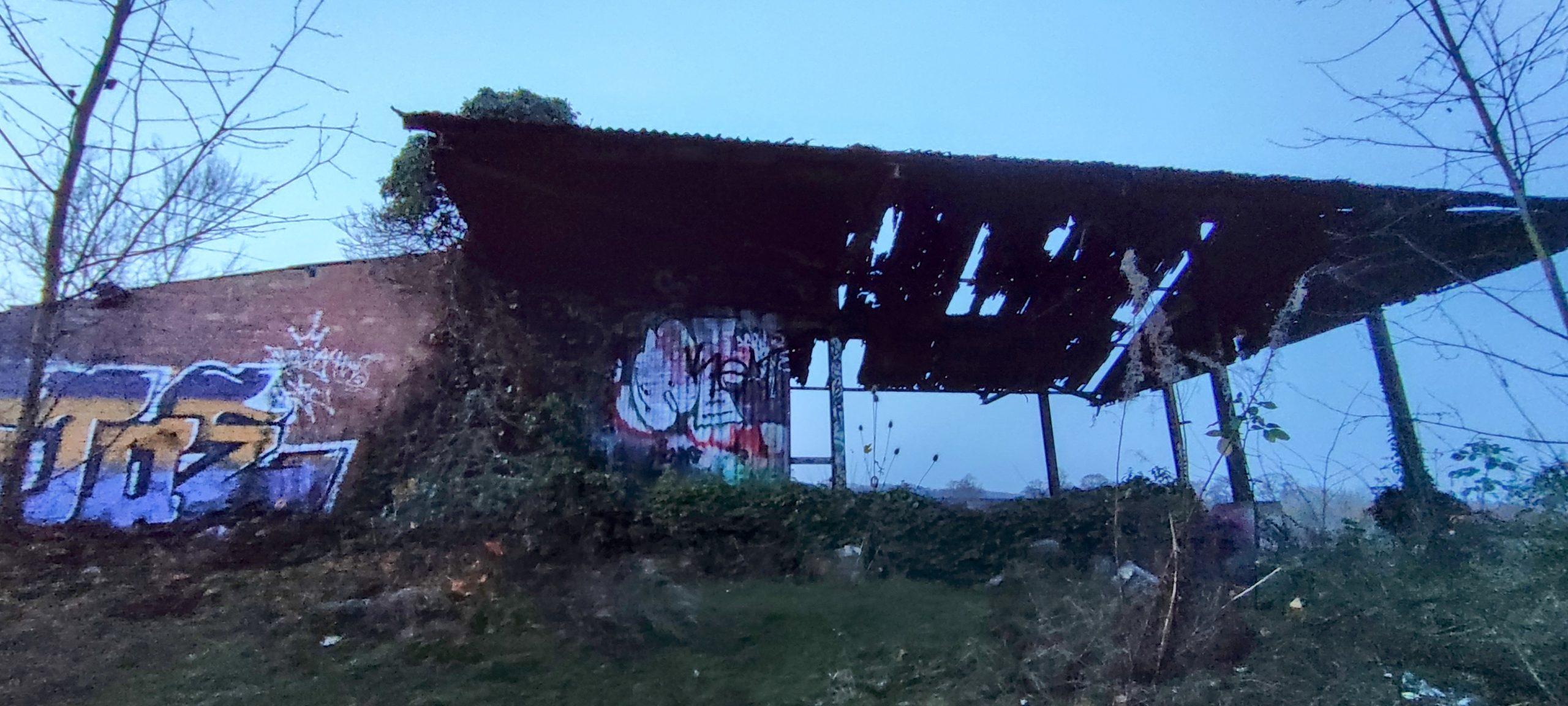
In the 1940s this entrance area used to have a railway platform which surrounded the concrete platform. It is a shame that only a tiny portion of this still remains today. The ammunition would travel along the train tracks and down into the underground storage.
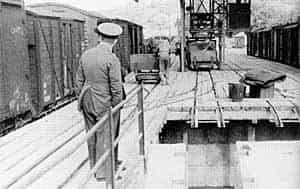
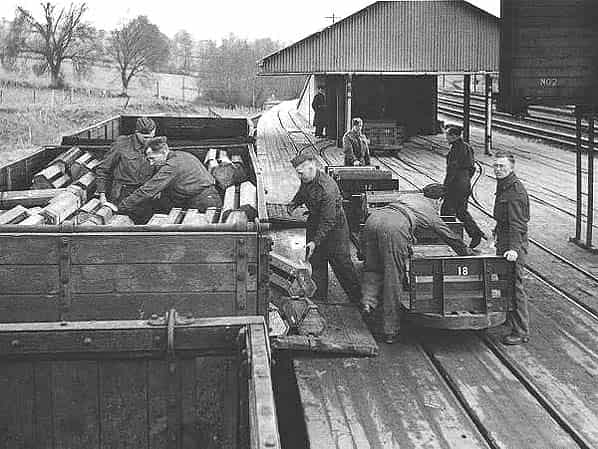
Down the Stairs
Once down the stairs, the space opened up to reveal walls that were covered in graffiti. Amongst the usual tagging and swear words there were some good pieces, a favourite was Patrick Star and Kermit. Along here were a number of rooms coming from the central area. There were metal tracks embedded into the floor directly through the main walkway. The ammunition would have been carried through from the platform above ground on these. This helped us to gain an understanding of how this deteriorated tunnel would have functioned in the 20th Century. A torch is a must for this exploration, even when exploring in broad daylight, as the light only reaches a tiny proportion of the underground site.
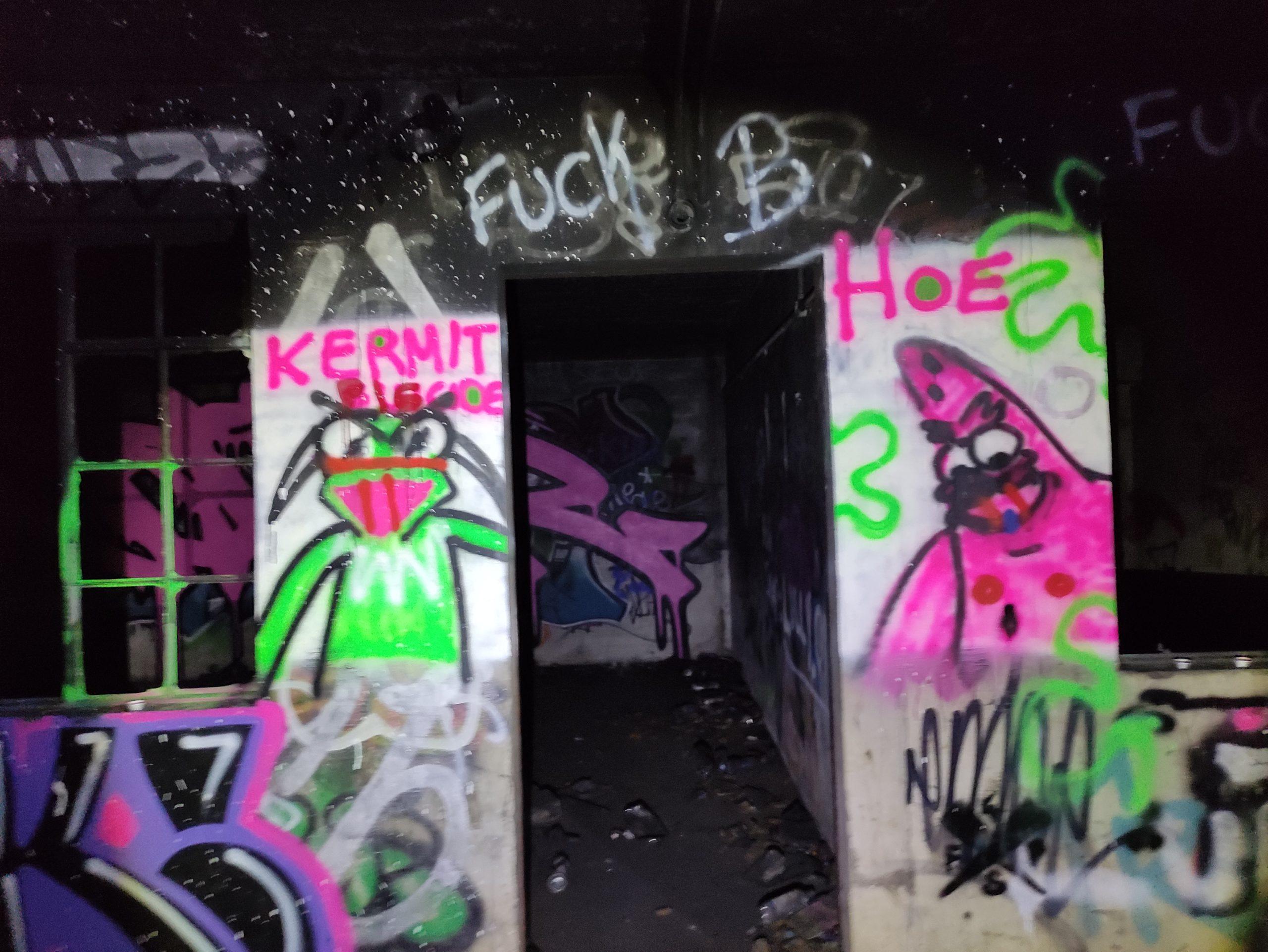
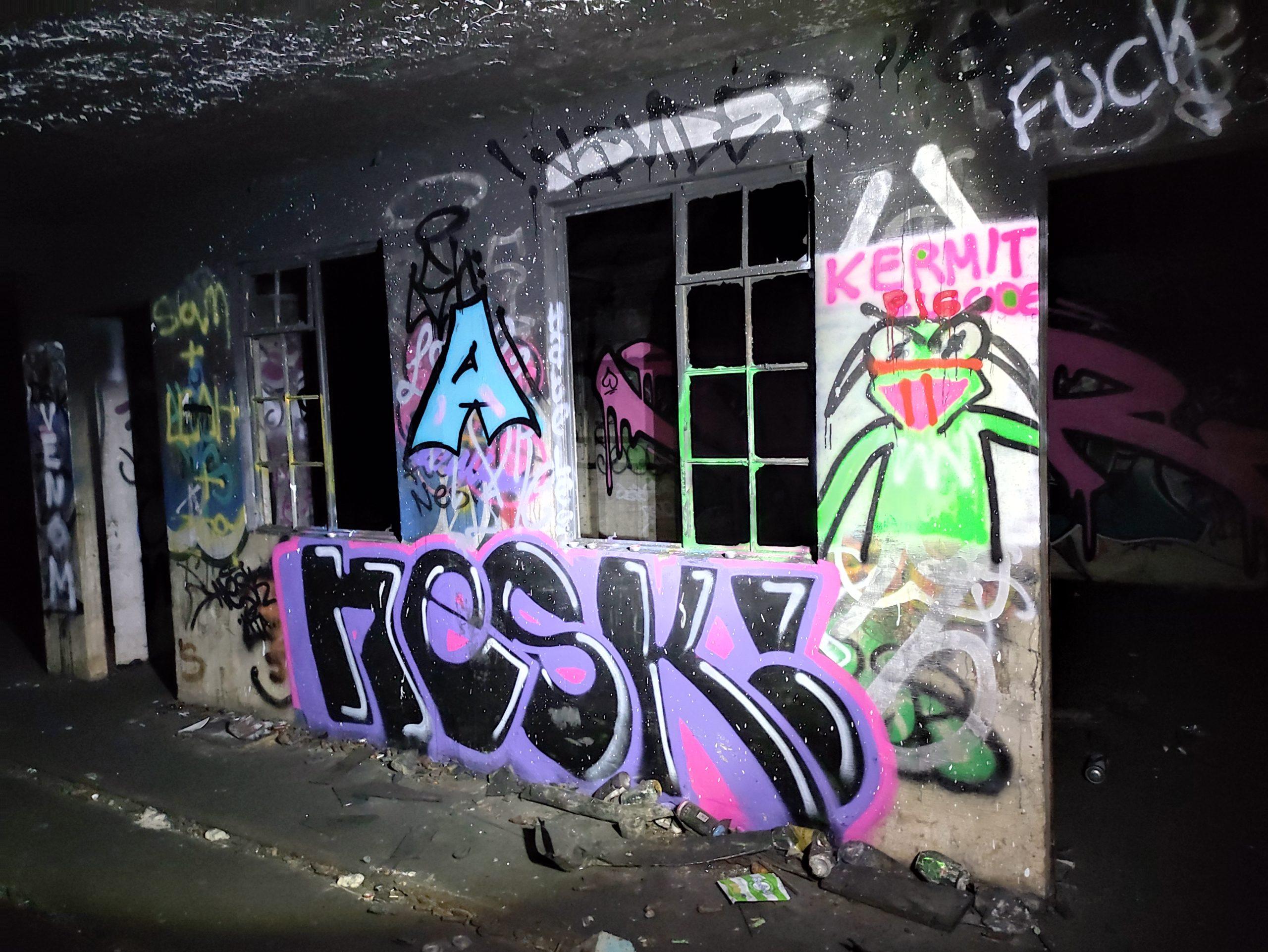
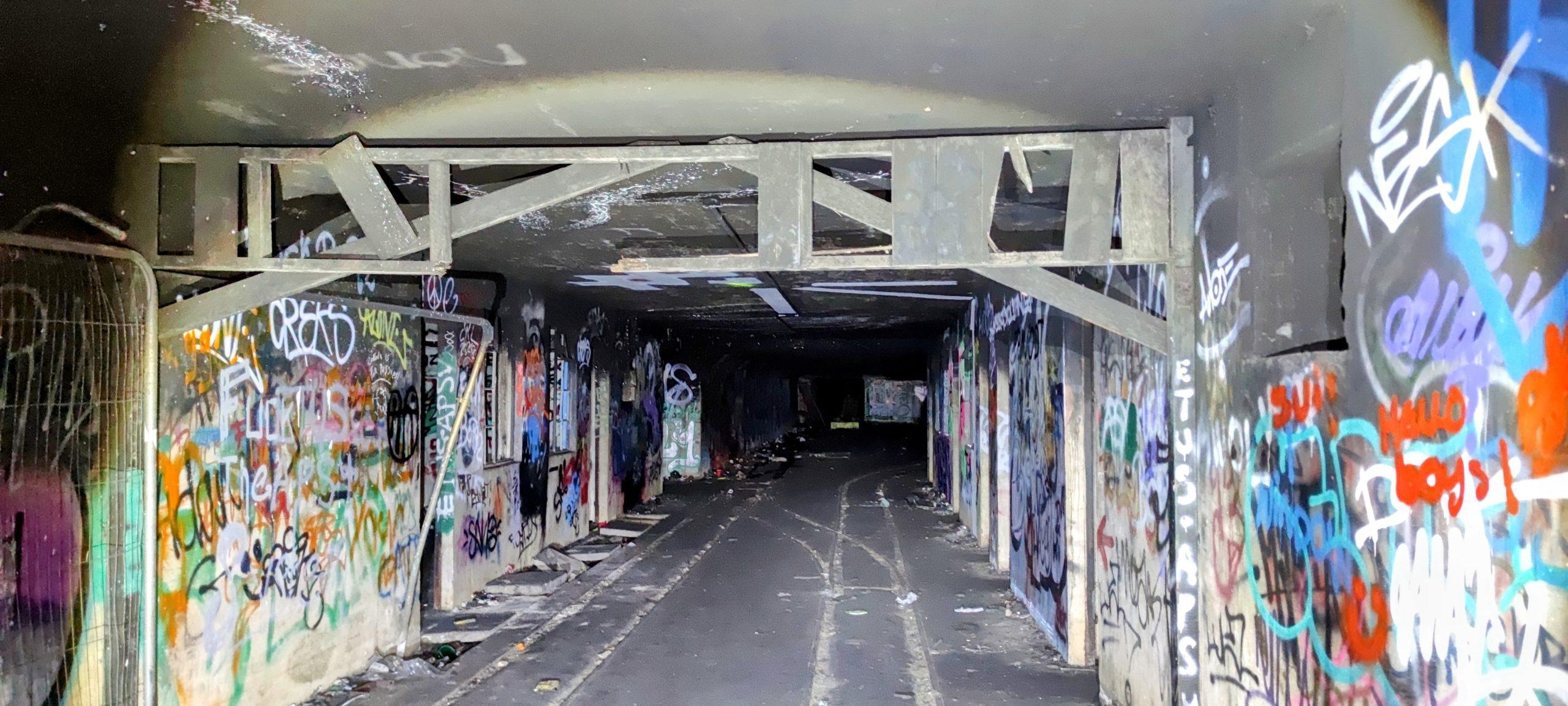
Along the Tunnel
We then moved on to make our way along the tunnel. This would have been the same route that the ammunition would have taken. The tunnel was pitch black and on a steep incline. Along the right side of the tunnel were the remains of the conveyor belt that the ammunition was loaded onto to carry it along to the storage at the end of the 1.25 mile long tunnel. The construction of the conveyor started in November 1941 and completed in April 1942. Due to the gradient of the tunnel, along with the weight of the ammunition boxes, two separate conveyors ran at the same time and were linked by gravity rollers.
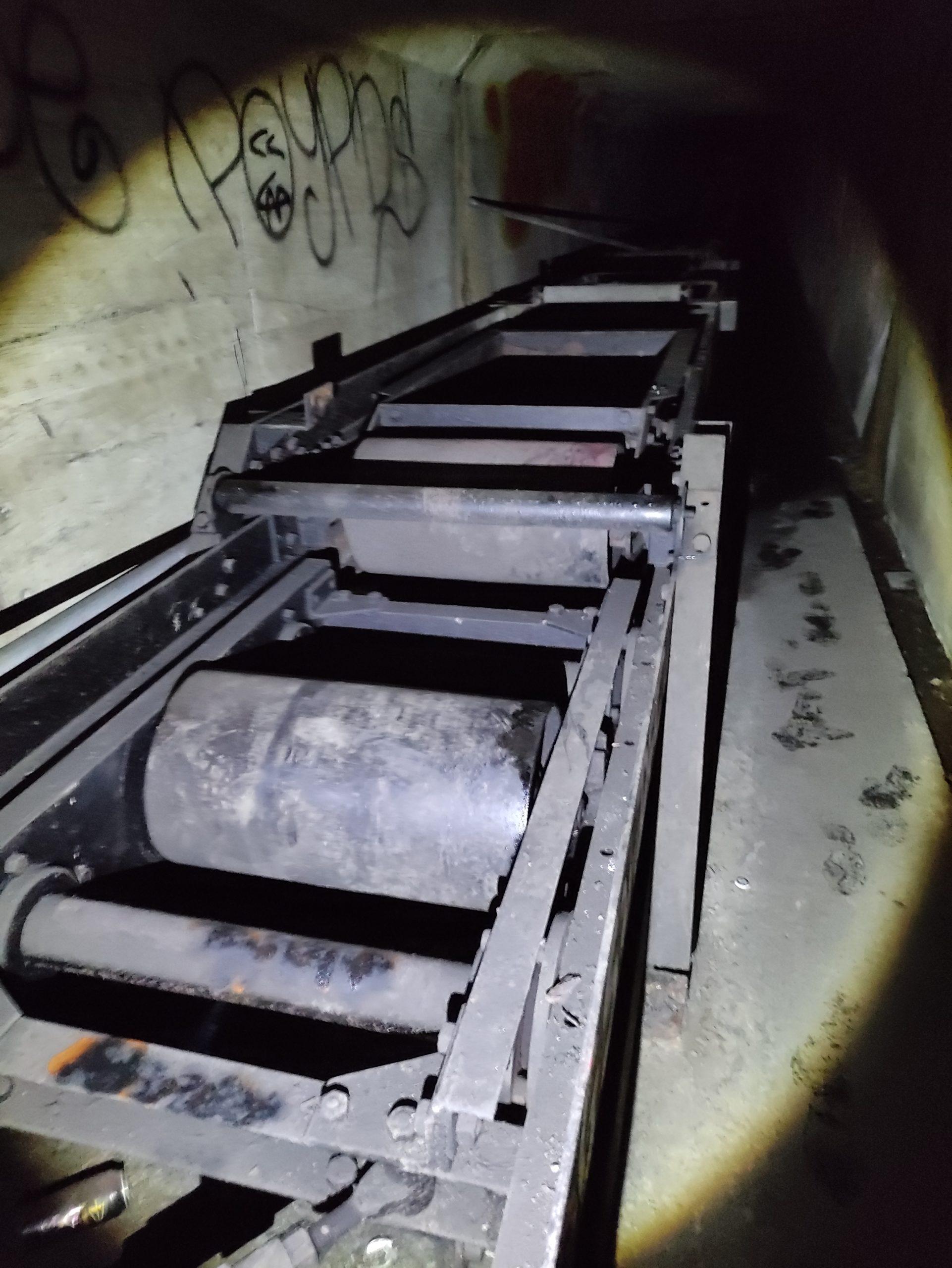

The ammunition boxes caused a number of issues for the engineers on site. Firstly, the belt support rollers were distanced 18 inches apart but this caused certain boxes to bounce along the route and fall off. This was reduced by reducing the gaps between the rollers and increasing the tension on the belt. The machine was also slowed down but this caused strain on the gearbox and within nine months the tunnel had to be put out of action. The gears had worn thin and the main drive shafts had collapsed twice.
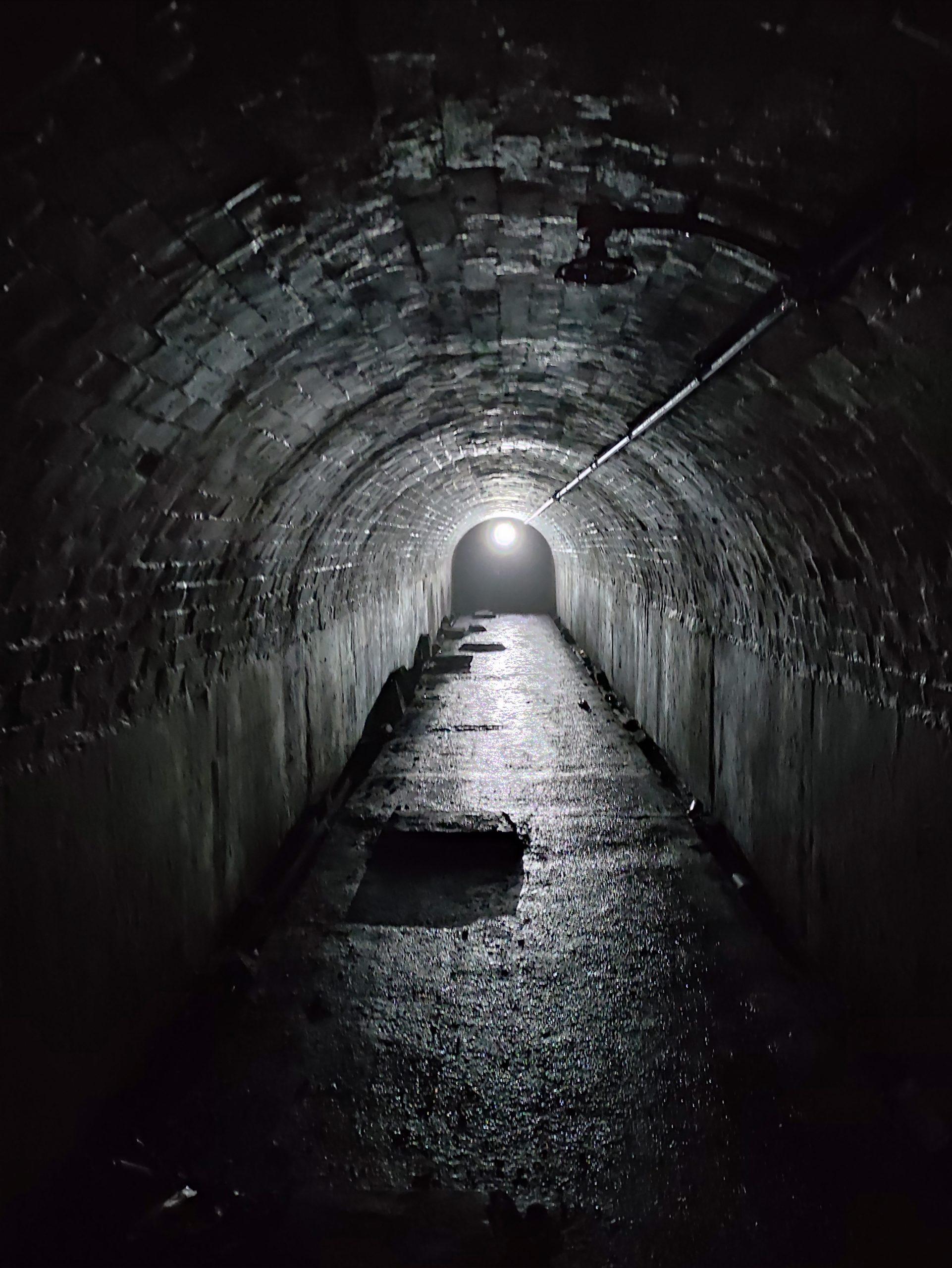
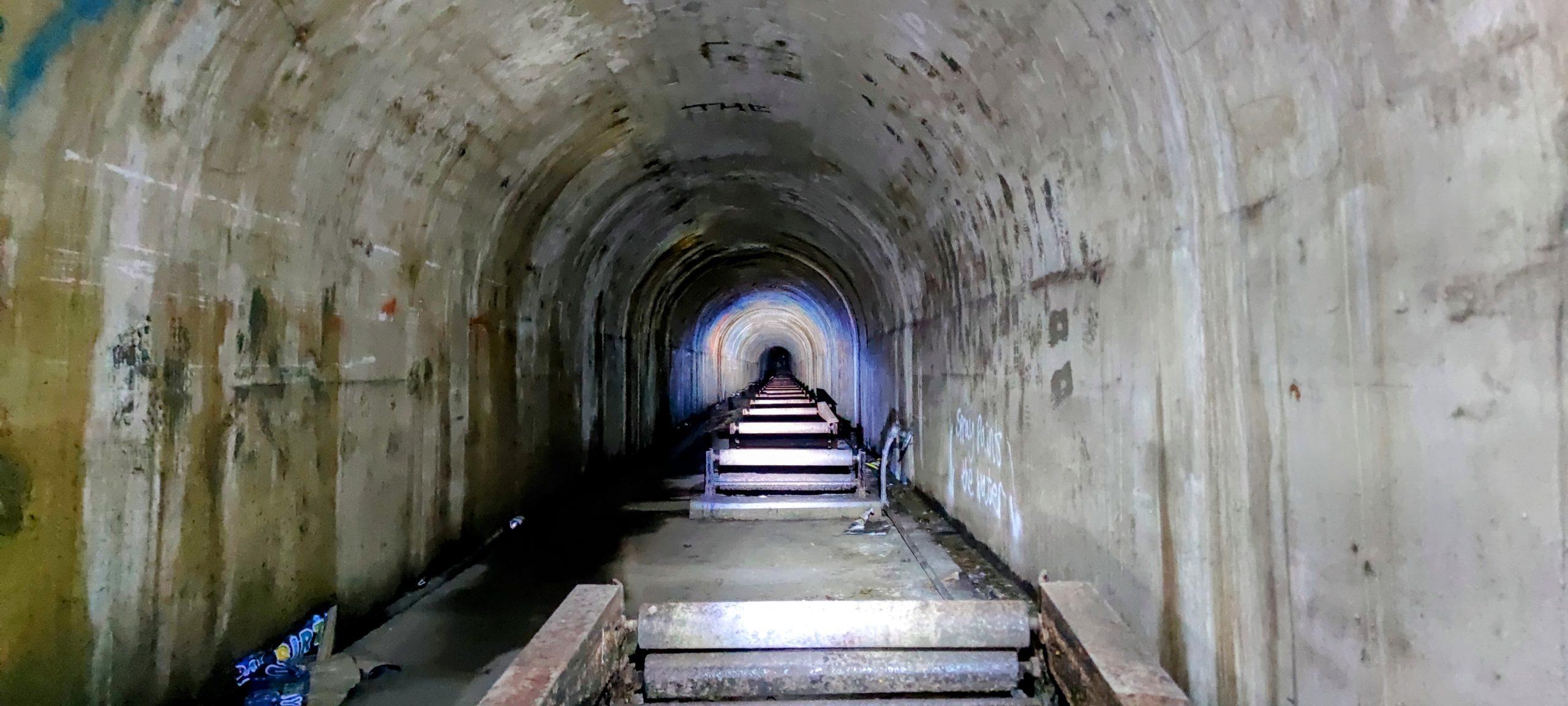
The tunnel is over a mile long. It is a constant uphill climb and so this needs to be taken into consideration before embarking on the explore. It took us about 20 minutes of constant walking to reach the end of the tunnel, it was such a relief to finally see the wall at the end.
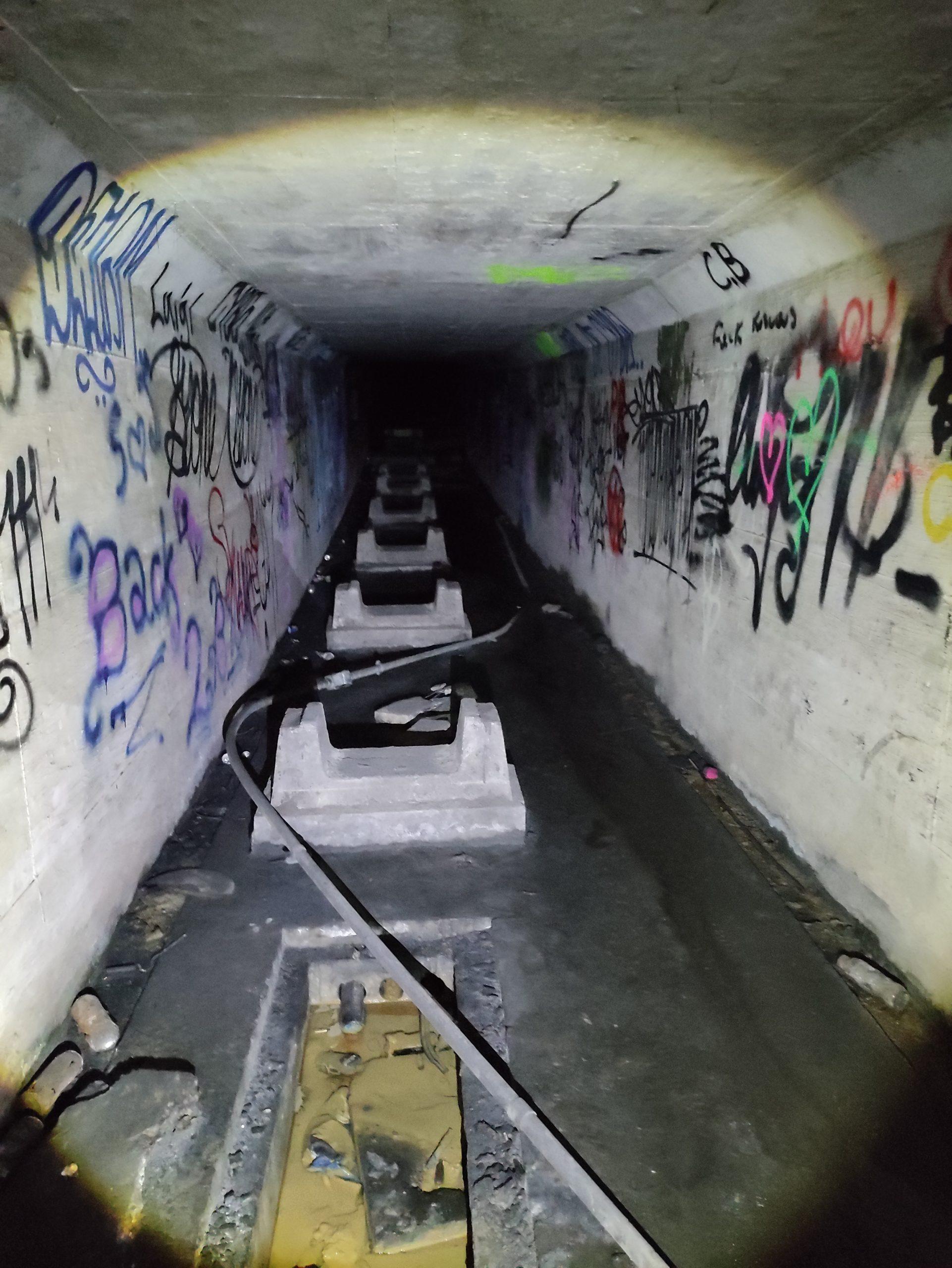
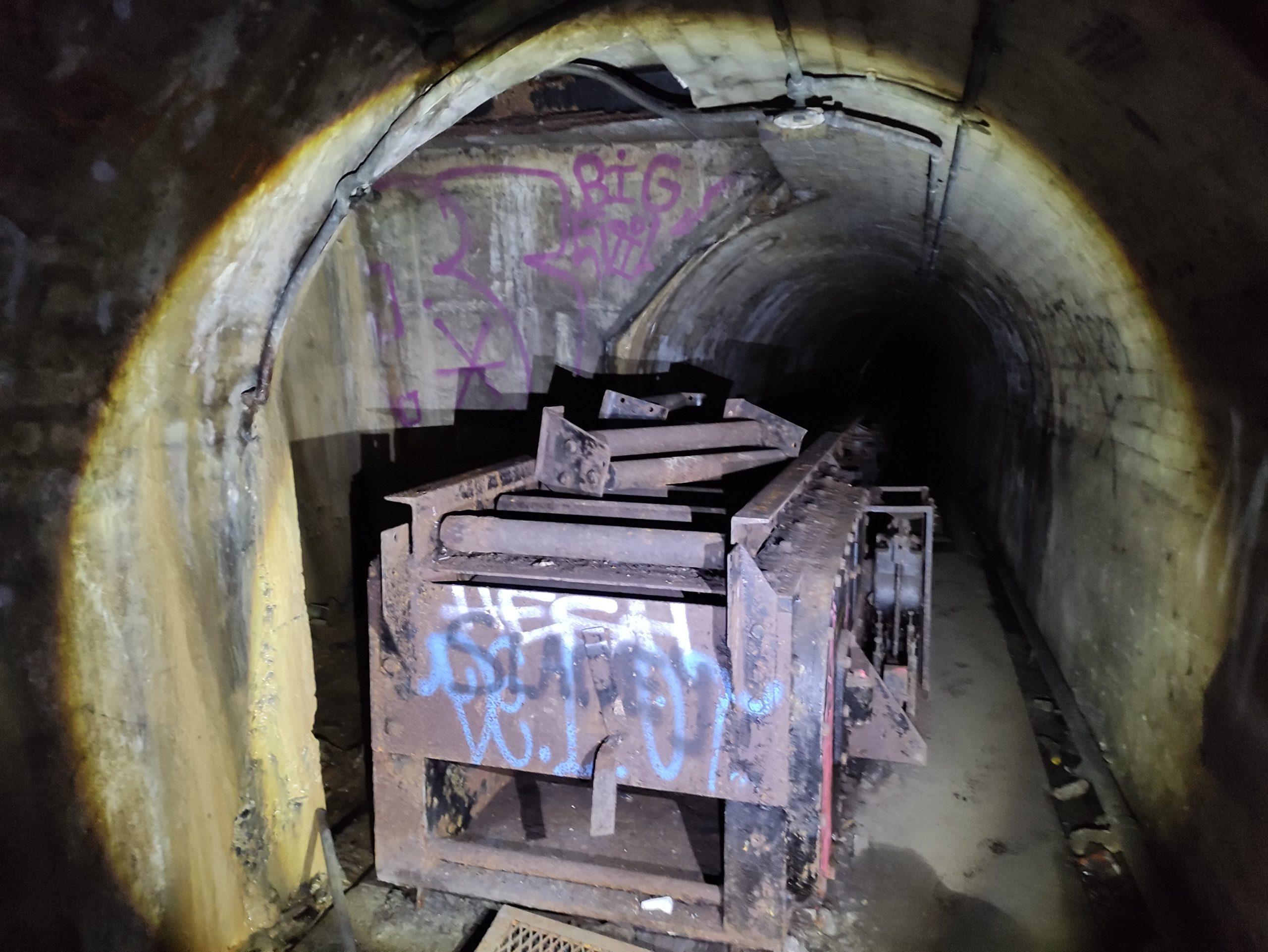
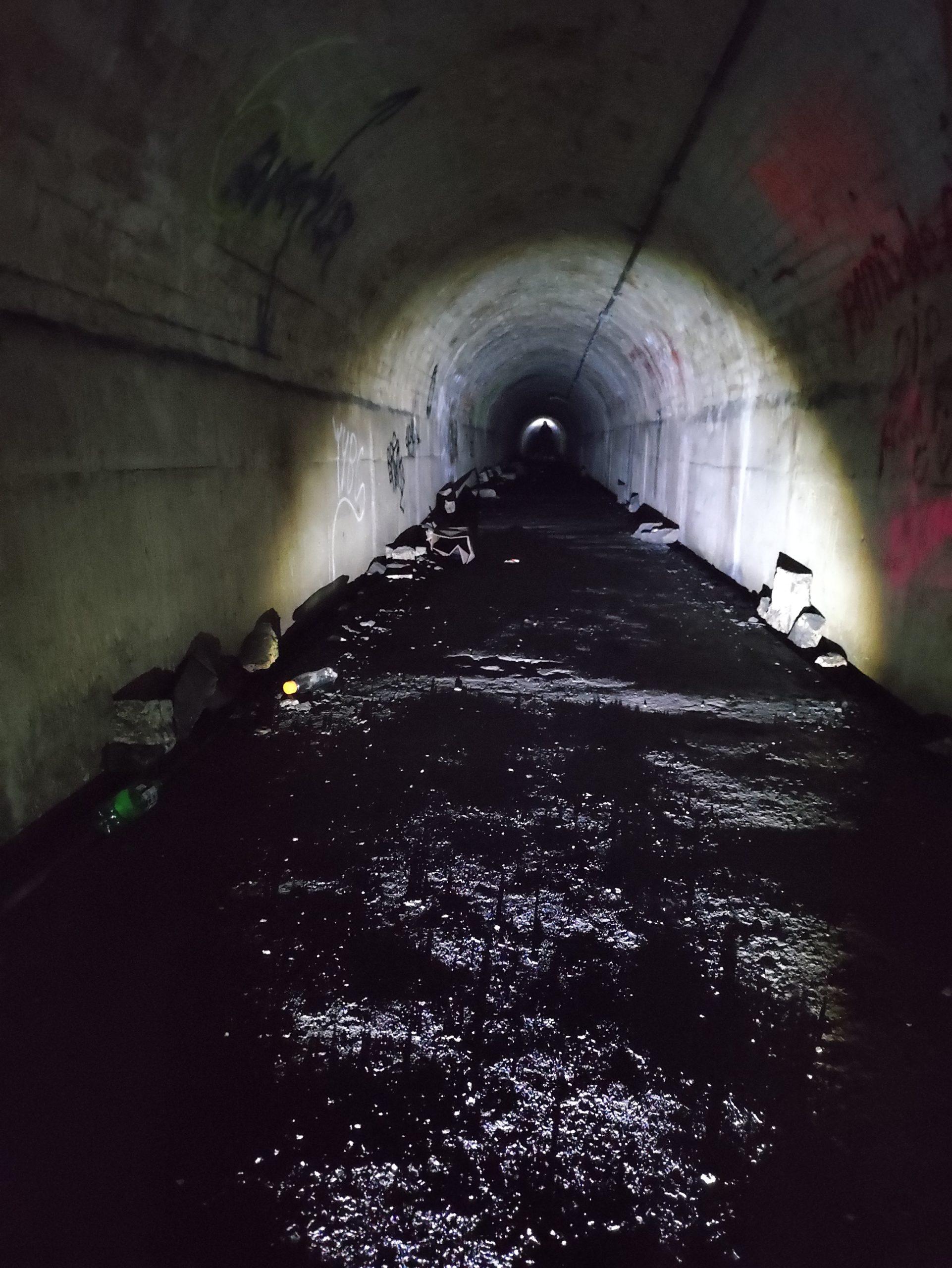
Hitting a Brick Wall
The tunnel has been blocked up by the current owners and it is nearly impossible to go through and reach the secure storage where the ammunitions were kept during the war time. However, one member of the team managed to squeeze their way through the tiny gap into the room that lay beyond. This room was full of items that looked like rubbish. It turns out that much of the site has been sold to Wansdyke Security. They are a company who specialise in storage and retrieval of documents etc in purpose built underground vaults.

Do not underestimate this explore. It took us 40 minutes to walk up and down the tunnel and we were underground for over an hour. Make sure you bring a torches with battery life and you plan to be underground for so long. The climb up the tunnel was demanding due to the gradient, but definitely achievable for most people. Just don’t expect this to be a quick explore. It is definitely worth making it all the way to the end and gaining that sense of achievement. You’ll notice the graffiti becomes less and less frequent as you go further so it’s clear that the majority of visitors give up before reaching the end.
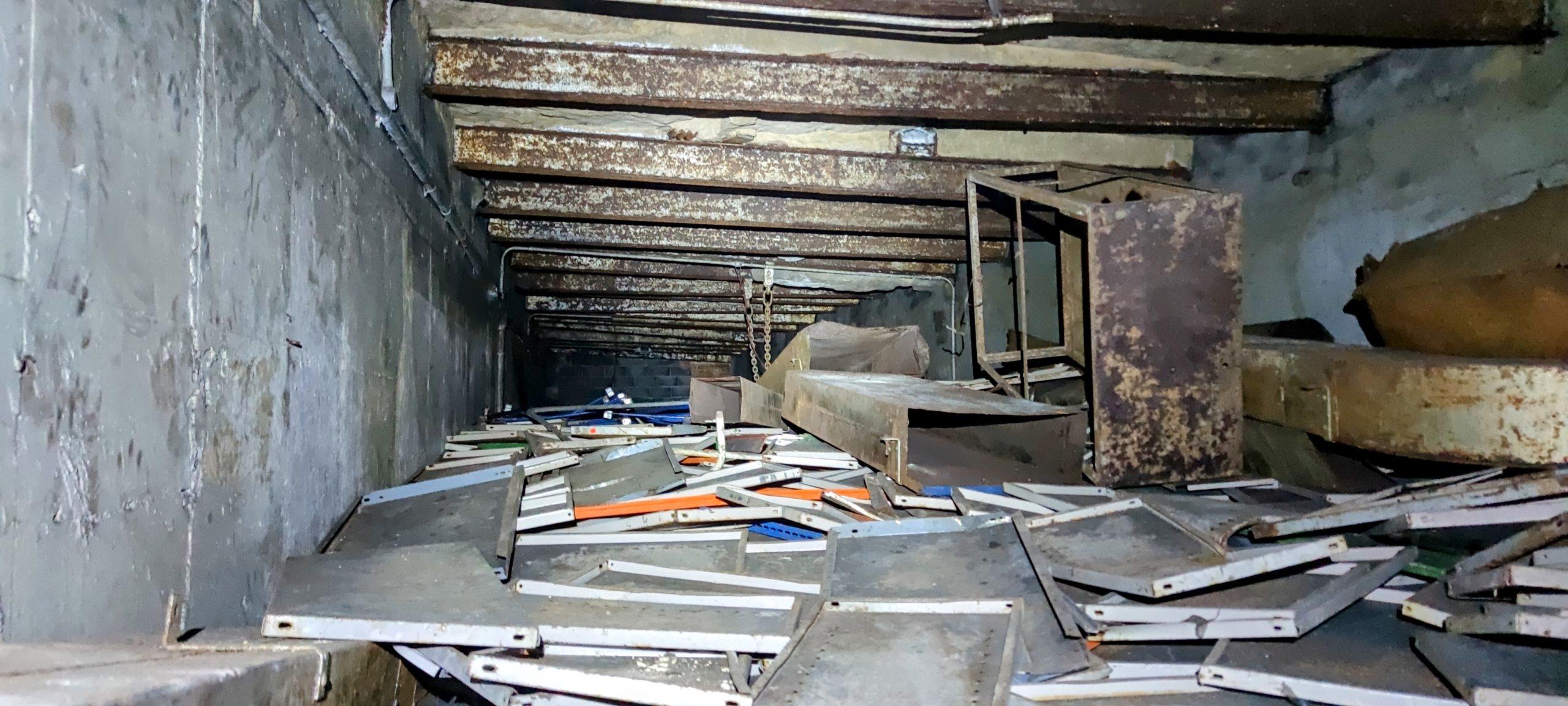
Closure
The site closed down in the 1960s as the military turned towards nuclear weaponry which required less storage. The site was described as being virtually abandoned overnight and it is reported and local schoolchildren found their way down in the late 1960s and the electricity was still on. They would spend hours travelling through the tunnel on the conveyor belt!
In the 1980s, the overgrown site was cleared up and turned into a museum. It’s life as an attraction was short-lived however and was closed in 1990. The current owners have said that the site will be closed up again in the near future but they have been saying this for a number of years. At the moment the site is wide open and you can visit without fear of angry neighbours or security. A great starter explore for those new to Urban Exploration.

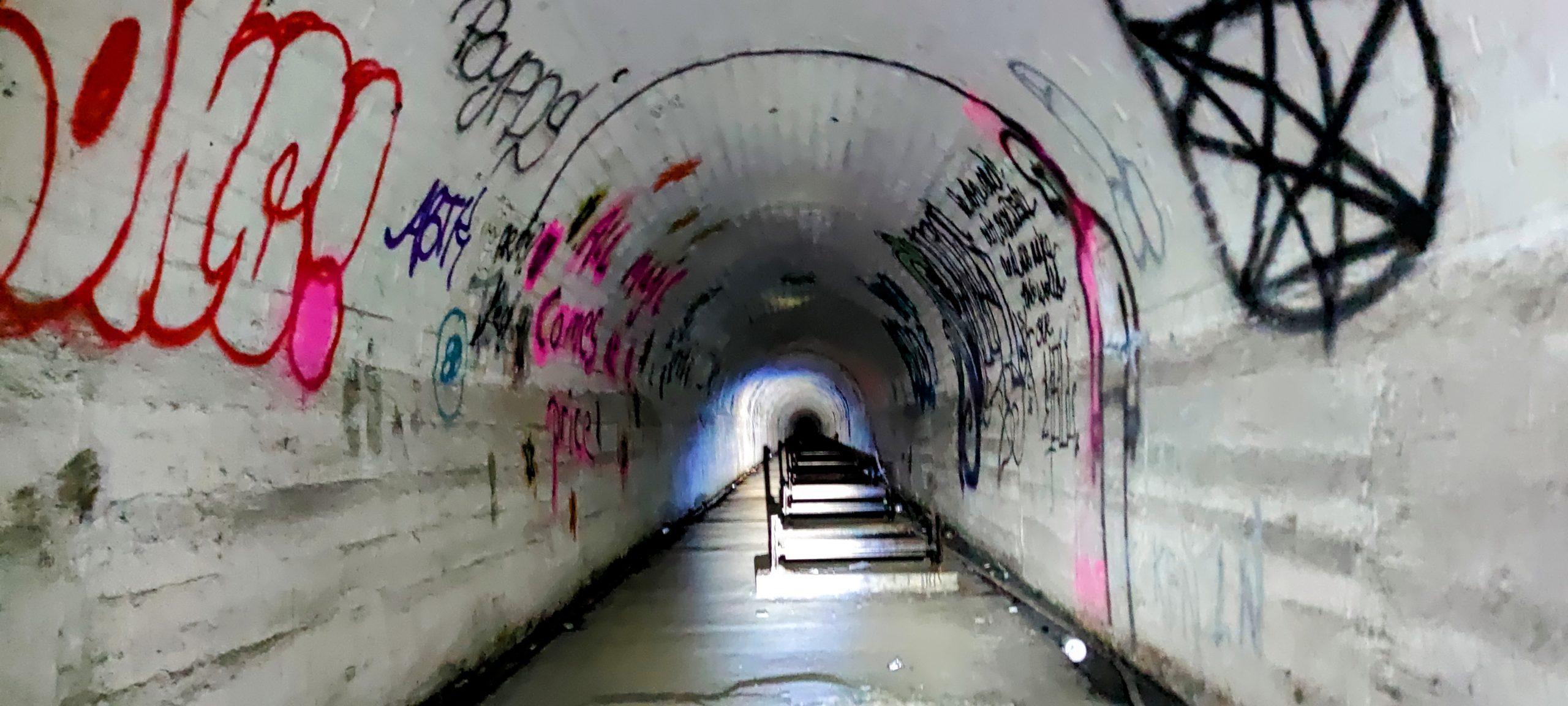

Last Updated on 19 December 2024 by Michael

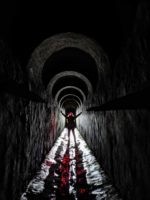



Been trying to find the entrance to this location for ages now, can anybody help please?